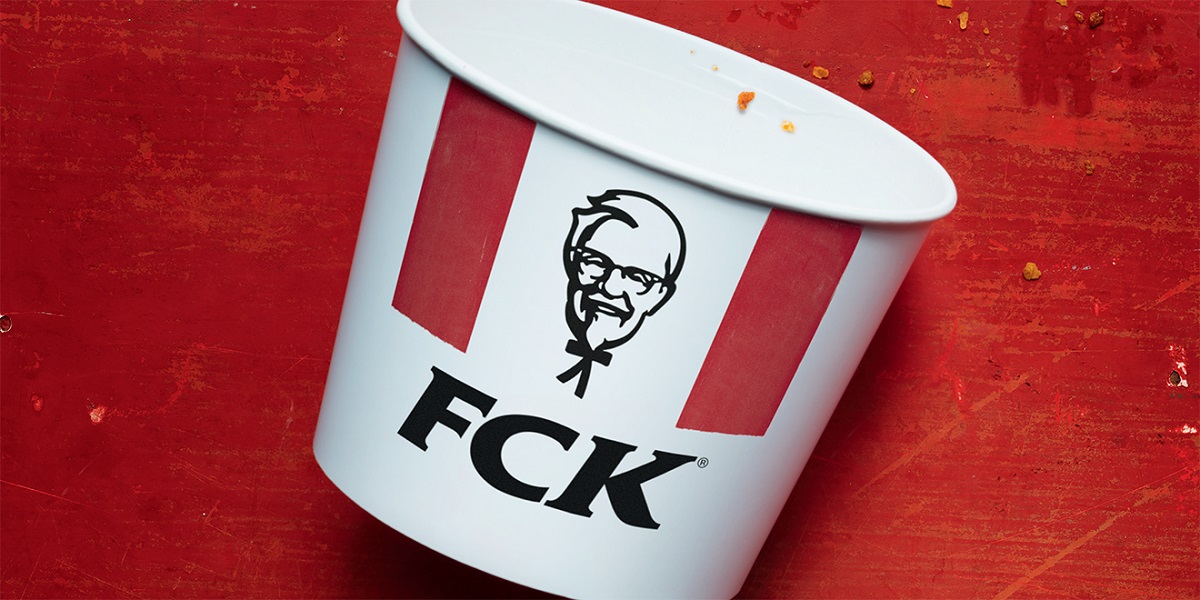by Josh Whitaker
For a brand, nothing is more coveted, or more precious, than customer loyalty. Choose any metric you like to measure — success and loyalty will be the catalyst for most any positive result. Likewise, its absence or decline will signal there’s a problem with the brand.
In his book Becoming A Category Of One, author Joe Calloway defines a brand as “what people think it’s like to do business with you.” Loyalty says “I like doing business with you.” “I choose to do business with you.” At its most steadfast, loyalty says, “I will forsake all others to exclusively do business with you.” Moving consumers to that level of commitment is what loyalty programs are all about.
It’s no surprise that for more than a year, COVID has tested customer loyalty like never before. During the national lockdown, with fractional closures of restaurants, stores and entertainment venues, and the overall lack of face-to-face interaction, most brands lost the unique, in-person, experiential advantages that helped differentiate them from their competitors. It didn’t help that the world was forced to live online and that consumers grew even more accustomed to shopping there. To fight back, many brands improved and leaned on their loyalty programs to help drive traffic. Really smart brands dug in deep and got aggressive.
Like the brands they represent, loyalty programs come in all shapes and sizes. At their most basic, brands leverage their collected email addresses to blanket inboxes with special offers in the hope of moving those connections to action. At their most robust, loyalty programs can deliver offers, rewards, games, and personal communication through engaging Apps that connect brands to users in the tens of millions. Both can be effective. But without smart, strategic thinking behind them, neither can harness the connective potential they promise.
The best of the best.
When you ask people to rank the best loyalty programs, brands like Sephora, Nike, Chick-Fil-A, Southwest Airlines, Nordstrom, and Starbucks come up time and time again. Not surprisingly, those are also brands noted for their extraordinary customer service.

While there are certainly differences by brand and even category, across the board there are five core elements you’ll find in all of the very best loyalty programs. If you’re thinking about creating a new loyalty program or looking to improve the one you have, these five elements are an excellent place to start.
First, great loyalty programs have a deep understanding of their customers and do an outstanding job segmenting their database.
Consumers don’t all respond to the same incentives the same way. Smart brands invest the time, money, and effort to divide their contacts into actionable segments, and then craft messages and offers to best reach those specific cohorts.
One of our colleagues and her daughter are both customers of Sephora. They live in the same house. Enjoy many of the same activities and even wear the same makeup. Last week, they both received a direct mail piece with an offer for 15% off, but the two pieces were completely different in their look, the amount and tone of copy, and even the way the offer was presented. Sephora knows their customers and understands that even when two customers are almost identical, there’s extreme value in speaking to what makes them different. Raw demographic information only gets you so far. Even if you can only afford to start with your largest segments first, focusing on more targeted groups, and truly understanding not just who they are but why they engage with you, is time and money well spent.
Second, great loyalty programs understand they’re more about the consumer than the brand.
Now, more than ever, consumers connect with brands that are congruent with their values and aspirations. In an article last year, Forrester noted that “70% of the most empowered consumers believe a company’s social responsibility is important.” Beyond that, “68% of all U.S. consumers say that a company’s social responsibility reputation has at least some influence on their purchasing with that company.”
It’s not enough to care about your customers. They want you to care about everyone and everything else as well. Successful brands find authentic ways to reflect their values – for social responsibility, honesty, diversity, transparency – back to their consumers, and loyalty programs are a great place to start. Strong loyalty programs become the place where brands communicate regularly with their most valuable customers. The place where their patrons are incentivized, rewarded, and invited into more personal relationships with the brand.
What does your invitation look like and sound like? As much as every brand would love to be a lighthouse with a beacon that draws the masses, most are not. If you want your customers to engage, look for places they can see and hear themselves reflected in your brand, and deliver on the values they find meaningful.
Third, great loyalty programs make their members feel truly valued.
Once you focus squarely on your customers, the next step is giving them reasons to feel truly valued. Loyalty programs give brands an outstanding platform to build more engaging relationships with their consumers because the transactional expectation inherent in them turns on value.
Whether they’re getting miles, points, or another punch on their frequent shopper card, customers are getting something extra and of value for their patronage. Some loyalty programs are more complicated than that (the best are incredibly simple), but, at their heart, they all tell customers, “We appreciate you, we value you, and we want you to be happy.” Psychologically and often emotionally, loyalty programs harness the power of inclusion to say, “You’re part of the club,” “you’re special” and “we’re in this together.”

Fourth, great loyalty programs lean into who they are and what they can do extraordinarily well.
With the ubiquitous nature of today’s App technology, it’s easy for consumers to look at the App driven loyalty programs from the biggest brands and want the same for every brand they love. The challenge for most brands is that the Apps people love for big national brands are expensive and labor intensive, both to develop and to run. That doesn’t mean there aren’t different, more affordable options. There certainly are.
When considering, or building on a loyalty program, the most important thing for brands to understand is this: a loyalty program doesn’t mean you have to have an App, and an App doesn’t mean you have a loyalty program. Smart brands understand who they are and lean into what they can do extraordinarily well. There are fantastic loyalty programs that work extremely well utilizing email and direct mail. As long as you can segment your database, build offers for each of those segments, and consistently deliver those offers to your customers, loyalty programs work. If you have the resources to develop and support an App that can deliver the digital trinity – right message, right time, right place – all the better. Just don’t let a lack of resources keep you inactive.
Fifth, great loyalty programs learn from previous efforts and constantly evolve.
At their heart, loyalty programs are designed to entice consumers to engage with your brand more. To spend more. To love your brand more. As with every aspect of marketing, the best brands study previous efforts to determine which offers, looks, and messages worked the best. Loyalty programs provide great opportunity and great latitude to try different incentives, unique combinations of benefits, and varying sizes of rewards to help you determine the best way to connect with your most loyal customers.
For some brands like airlines and hotels, that means tried and true offers. For others like Starbucks, it means mixing in seasonal gaming to drive frequency and volume. And again, offers don’t have to be one size fits all. If you have the resources, test different offers against different segments of your database and track the results. For one client, we discovered a 5% savings offer drove more traffic than one for 10% off. Get creative. Try new things. Compare results. Then take the best of the best and deliver.










